The Economic Impact of Fashion Weeks on Host Cities
Beyond the dazzling runways and trendsetting designs, Fashion Weeks are powerful economic engines for the cities that host them. While synonymous with glamour and creativity, these globally recognised events inject significant revenue, stimulate diverse industries, and play a crucial role in shaping a city’s economic landscape and international reputation. They are a cornerstone of the vast global fashion industry, a market valued at an estimated 1.2 trillion US dollars.
Fueling Local Economies and Global Trade
The most immediate economic impact of Fashion Week comes from the substantial direct spending it generates. Cities like New York, Paris, Milan, and London experience a significant influx of visitors – designers, buyers, media, influencers, and fashion enthusiasts – all requiring accommodation, dining, transportation, and entertainment. This surge in activity provides a major boost to the local hospitality sector. New York Fashion Week alone is estimated to pump nearly 900 million US dollars into the city’s economy annually, according to industry analyses. Similarly, Milan Fashion Week, held multiple times a year, generates substantial income; the women’s fashion week in September 2023 reportedly contributed around 80 million euros to Milan, showcasing the event’s consistent financial contribution.
Beyond tourism, the production of Fashion Week itself creates a ripple effect across various local industries. Event production requires renting high-profile venues, constructing elaborate sets, and employing a vast temporary workforce. This includes highly skilled professionals like stage designers, lighting and sound technicians, models, makeup artists, and hair stylists, as well as essential support staff such as security personnel, dressers, and caterers. In Milan, for instance, a wide array of suppliers, from audio-visual companies to venue managers, rely heavily on the predictable cycle of fashion events.
The impact extends globally long after the final model leaves the runway. Fashion Weeks are critical marketplaces where crucial business deals are struck. Retail buyers place orders based on the collections showcased, directly influencing manufacturing volumes, global distribution strategies, and ultimately, what consumers find in stores worldwide. These transactions can generate billions in global sales, driving activity throughout the fashion supply chain, from textile producers to logistics companies. London Fashion Week underscores this global reach, attracting over 5,000 industry professionals from more than 70 countries, highlighting its role as a major international business hub, as noted by FashionUnited. The UK’s fashion industry overall contributes significantly to its economy, underlining the sector’s importance.
Fashion Weeks as Strategic Urban Assets
Cities increasingly view Fashion Weeks not just as revenue generators but as strategic assets for urban development and global positioning. Emerging fashion capitals are leveraging these events to transition from being primarily manufacturing or consumption centers to becoming recognised hubs for design and innovation. Cities like Shanghai, Mexico City, and Delhi are among those identified as potentially the fastest-growing fashion markets, using their Fashion Weeks to nurture local talent and attract international investment.
Busan, South Korea, exemplifies this strategic approach by hosting the Korea-ASEAN Fashion Week. This event aims to establish Busan as a prominent fashion center, particularly in the burgeoning field of ‘meta-fashion’ – the integration of fashion with advanced digital technologies like AI-powered virtual try-ons and holographic displays. By featuring designers from Korea and ASEAN nations alongside tech-focused exhibits and an industry development forum, Busan seeks to attract investment in future-oriented fashion technologies and strengthen regional economic ties.
Similarly, Miami has cultivated a unique fashion identity, blending its vibrant cultural diversity, focus on resort wear, and growing emphasis on sustainability. While perhaps historically overshadowed by New York or Los Angeles, Miami has leveraged its distinct character, amplified by events like Art Basel, to attract fashion businesses. Initiatives like the Miami Downtown Development Authority’s grant programs provide tangible support for companies establishing a presence. The importance of community and networking is also highlighted by events like the Fashinnovation Worldwide Talks, fostering collaboration within the city’s growing fashion ecosystem. Hosting fashion events allows cities like Miami to showcase their unique appeal and stimulate economic activity across multiple sectors.
These examples demonstrate how Fashion Weeks contribute to a city’s ‘soft power’, enhancing its brand image as a dynamic, creative, and forward-looking place. This improved perception can attract further tourism, skilled workers, and long-term investment far beyond the fashion industry itself.
Weaving the Economic Fabric
In conclusion, Fashion Weeks are far more intricate and impactful than they might appear at first glance. They are significant economic drivers for host cities, generating substantial direct revenue through spending on hospitality, production, and services. They create numerous job opportunities, support a wide network of local businesses, and stimulate global trade through the deals brokered during the events. Furthermore, cities are increasingly using Fashion Weeks strategically to cultivate local talent, attract investment, embrace technological innovation, and enhance their international standing as centers of culture and commerce. The economic threads woven by Fashion Week extend deep into the urban fabric, making these events vital components of both the local and global economies in 2025 and beyond.
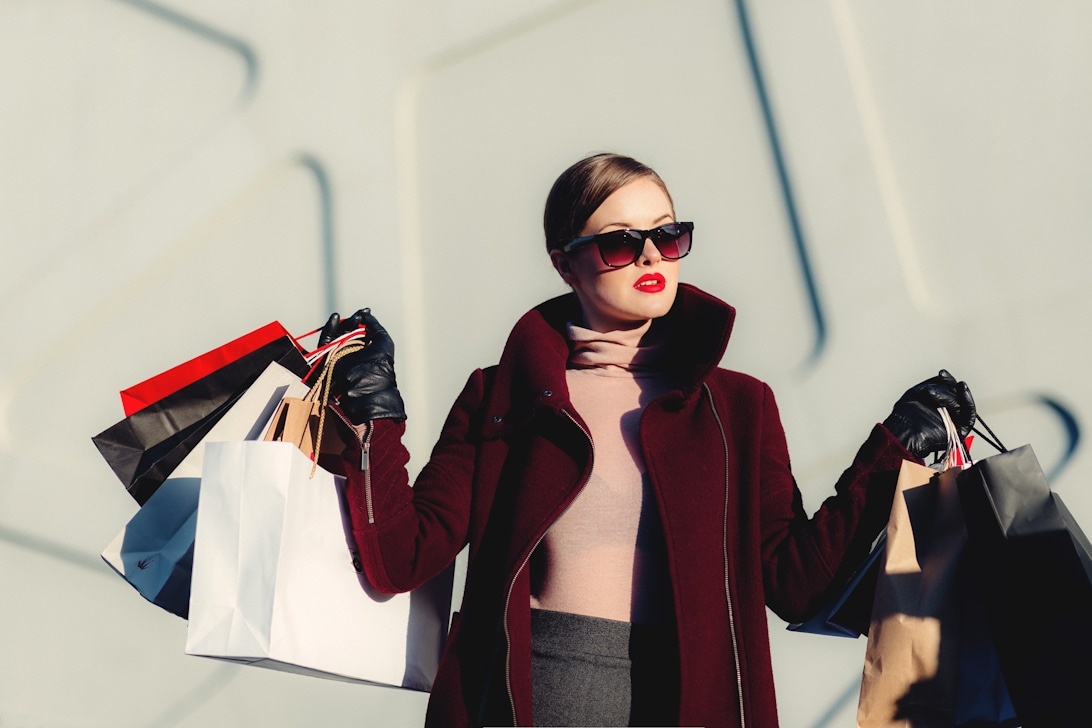

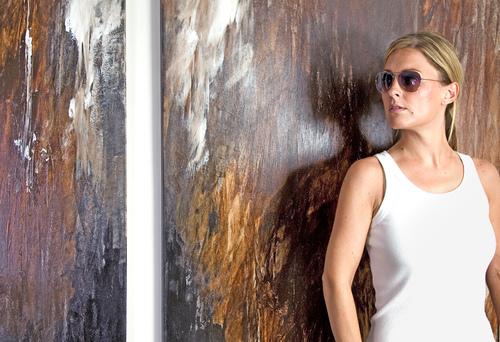

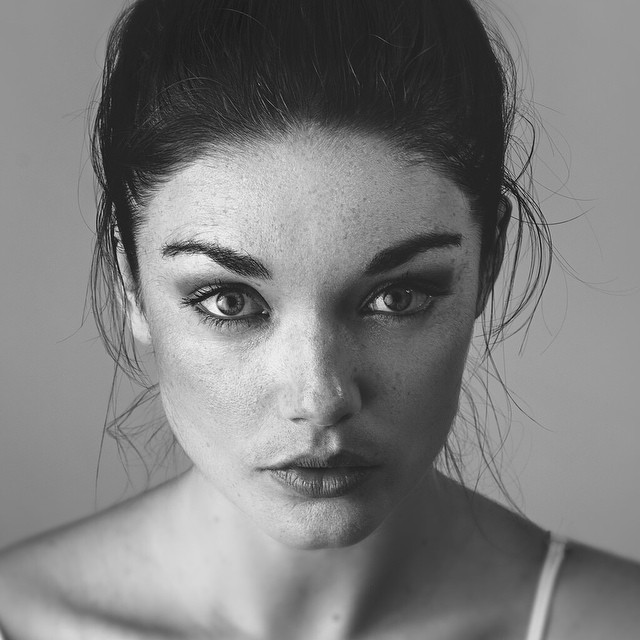
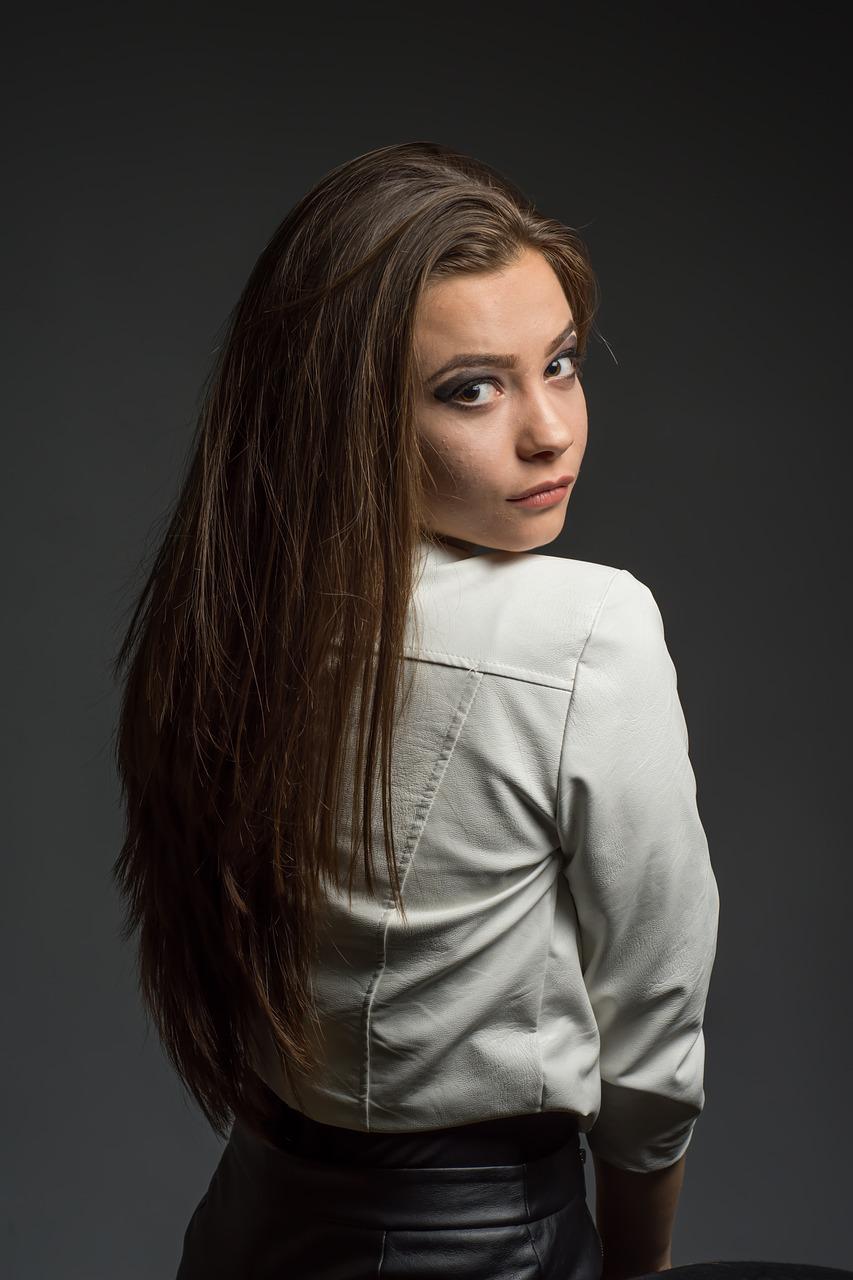 to do this, they must discuss it with the designer. The more a model understands the purpose of the clothing, the better they will be at showing it off.
to do this, they must discuss it with the designer. The more a model understands the purpose of the clothing, the better they will be at showing it off.
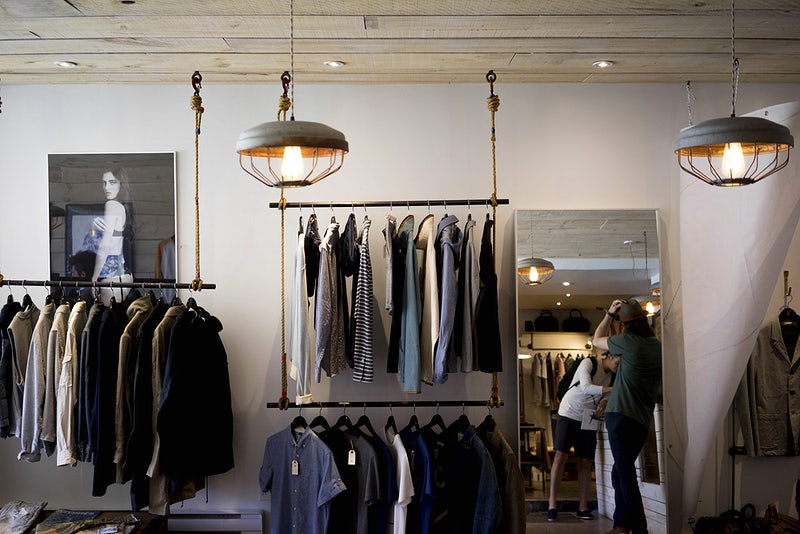 and Mortar Shops
and Mortar Shops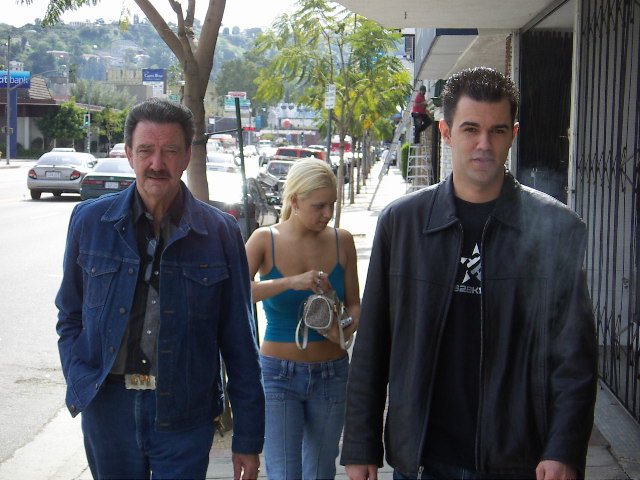
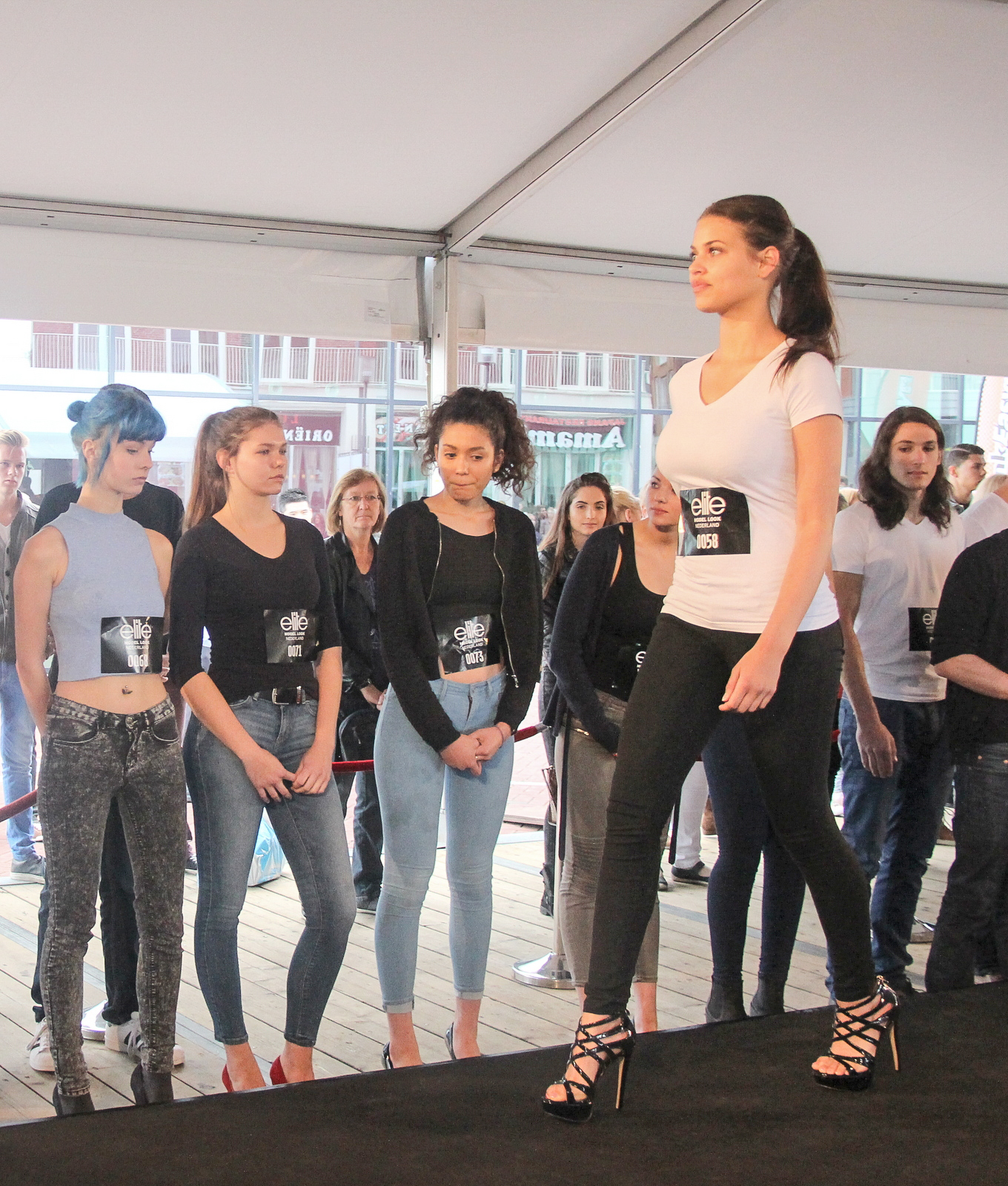 refore they utilise the services of a
refore they utilise the services of a 
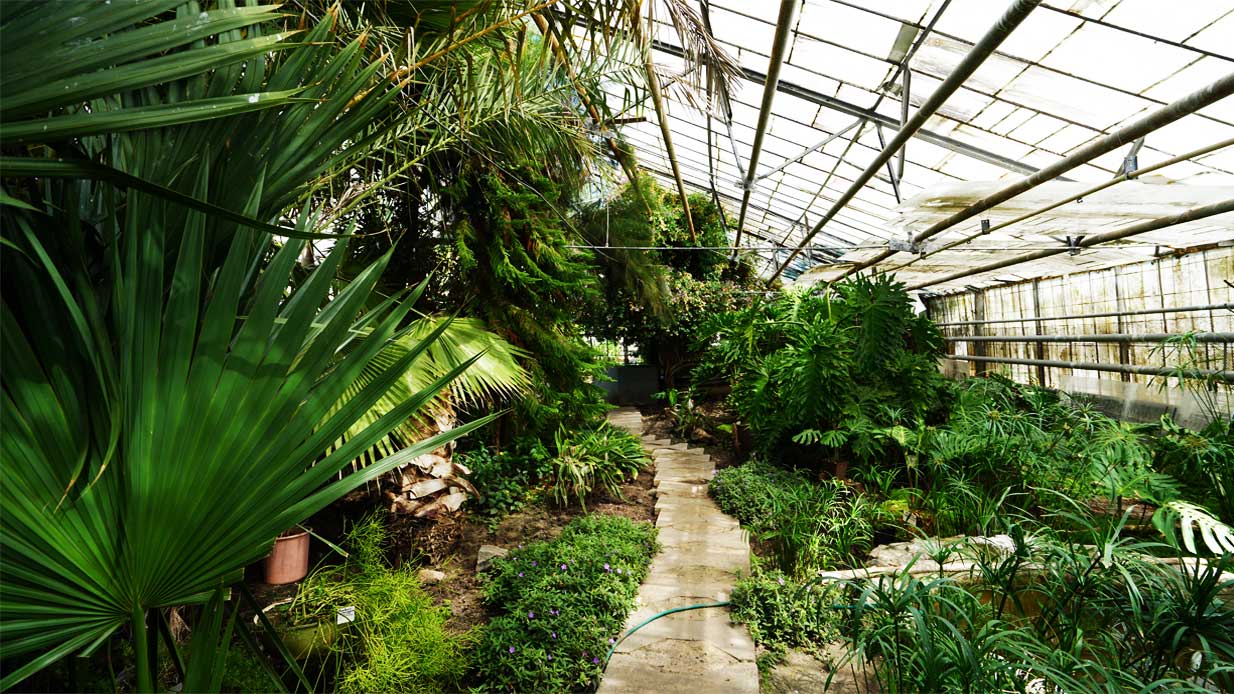 mplex supply chains make it difficult to control the emissions that are produced by particular clothing items.
mplex supply chains make it difficult to control the emissions that are produced by particular clothing items.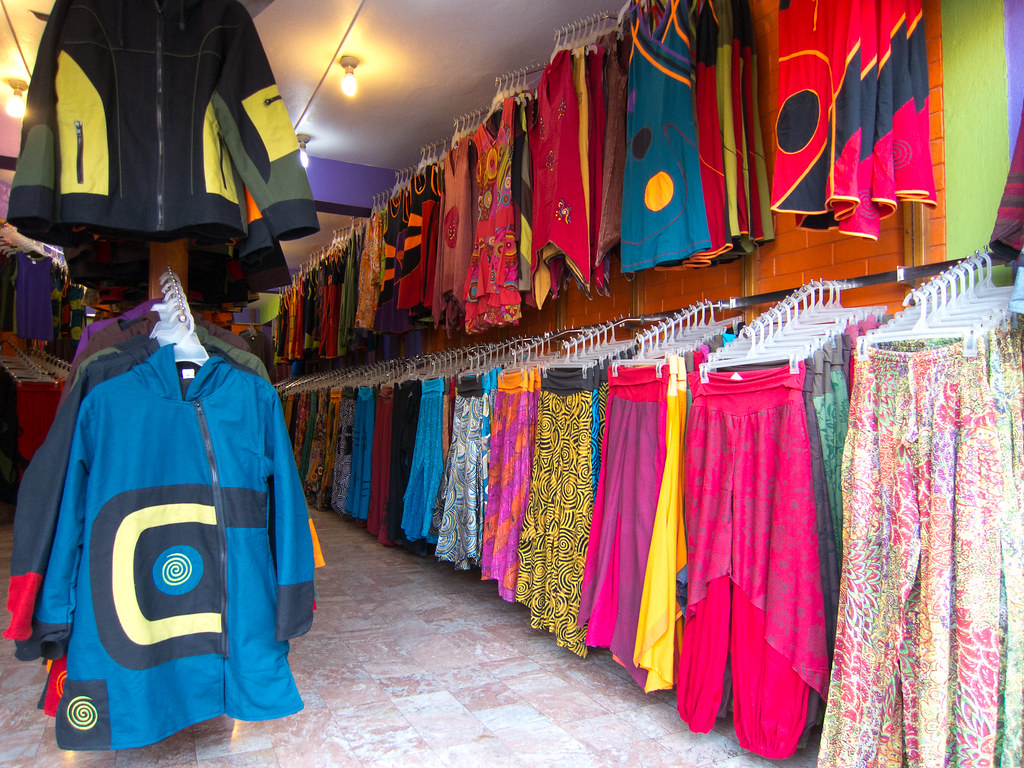
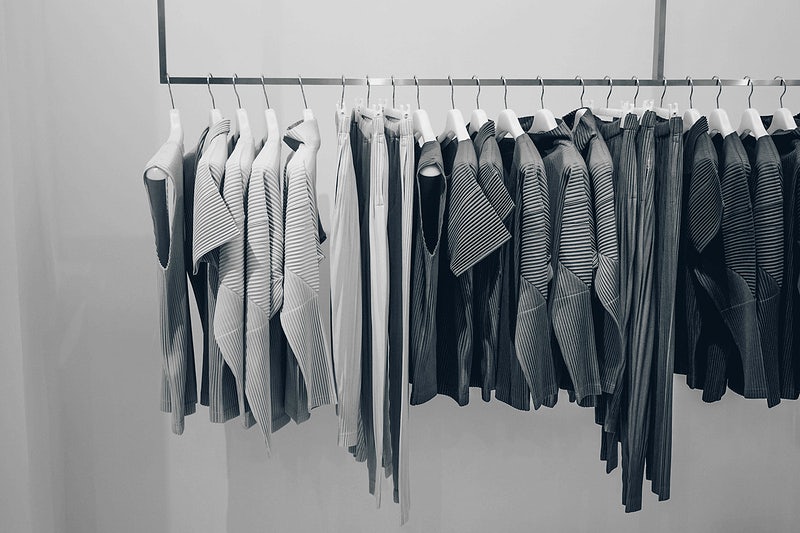 Four times a year, the style, colouring and trends of clothes change. While it may be profitable for clothes shops, this practice has a negative impact on the environment.
Four times a year, the style, colouring and trends of clothes change. While it may be profitable for clothes shops, this practice has a negative impact on the environment.